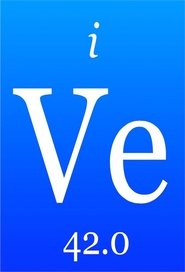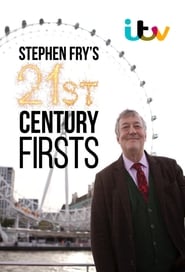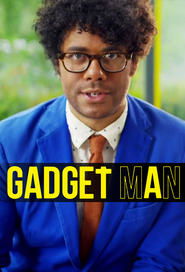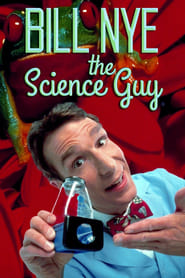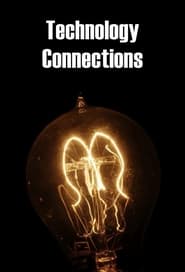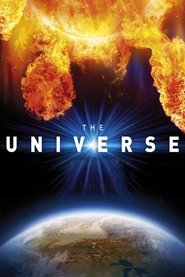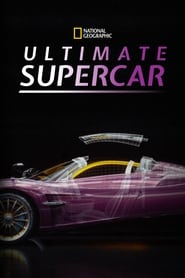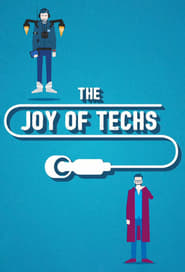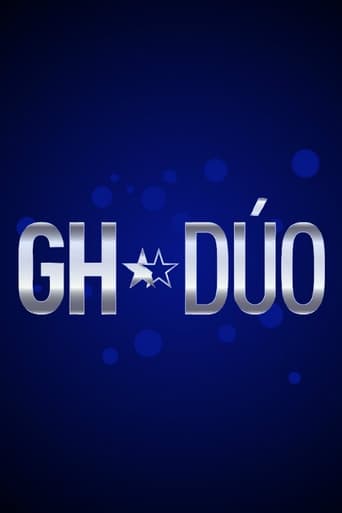
3 Temporada
12 Episodio
Mission X - Season 1 Episode 2 Episodio 2
Knowing the precise coordinates of a ship is absolutely essential for a captain and his crew. It took centuries, however, before navigating the open seas lost its ominous and frightening character. Columbus, Da Gama or Drake - they all reached foreign shores more by accident than anything else. They knew how to determine what latitude they were at by checking the position of the sun, but the longitude could only be roughly calculated. The English called this method 'dead reckoning', and indeed, it was often fatal. The year 1707 witnessed a tragedy. Off the southern coast of England, Admiral Shovell and his fleet were bearing down on the dreaded Scilly Islands in foggy weather. The ships were smashed to pieces on the murderous rocks. Two thousand seamen lost their lives. The government decided to act and decreed that a prize worth 20,000 pounds would be awarded to the man or woman who found a reliable method to precisely calculate longitude at sea. For centuries, renowned scholars had tried and failed to find an answer - from Galileo to Isaac Newton. But no meaningful progress was made until an ordinary Scottish clockmaker came up with a trailblazing invention in the 18th century. Award-winning author Axel Engstfeld follows one of the most dramatic adventures of science which led to a turning point in the history of maritime navigation. It was a discovery of immense importance that would have consequences up to the present day. The key to determining longitude - then as now - is: time! The royal astronomers looked to the stars for a solution, hoping some heavenly clock visible from anywhere in the world could help calculate a longitudinal position. Unfortunately, at sea this was an extremely complicated procedure. The Scottish clockmaker John Harrison, on the other hand, put his faith in the precision of his chronometers. He decided to build a timepiece, the likes of which the world had never seen. In an age where clocks were considered accurate if they lost only a few minutes per day, Harrison built an instrument that lost only a few seconds per month! He was obsessed with the idea and spent his entire life working on ways to determine the exact longitude with the aid of precise chronometers on swaying ships in different climate zones. A relentless race began: famous scholars of the day versus a self-taught Scotsman, the king's established scientists against an eccentric tinkerer, erudite teachings espousing a logical universe up against a tiny, ticking timepiece. This race is dramatically depicted in Engstfeld's film. Re-enacted scenes are combined with footage from the original locations in England and the Caribbean. Ship voyages across a seething Atlantic and archive material intertwine to become a suspense-filled mosaic. An exact replica of Harrison's famous clock, the H1, was reconstructed especially for this film. The world's most precise chronometer today can be found in the United States. At Falcon Airbase in Colorado, it synchronizes the satellites used for the Global Positioning System, GPS. The search for a way to measure longitude proved to be one of the greatest adventures in seafaring history.
- Año: 2006
- País: Germany
- Género: Documentary
- Estudio: ZDF, ARTE
- Palabra clave: technology
- Director:
- Emitir:


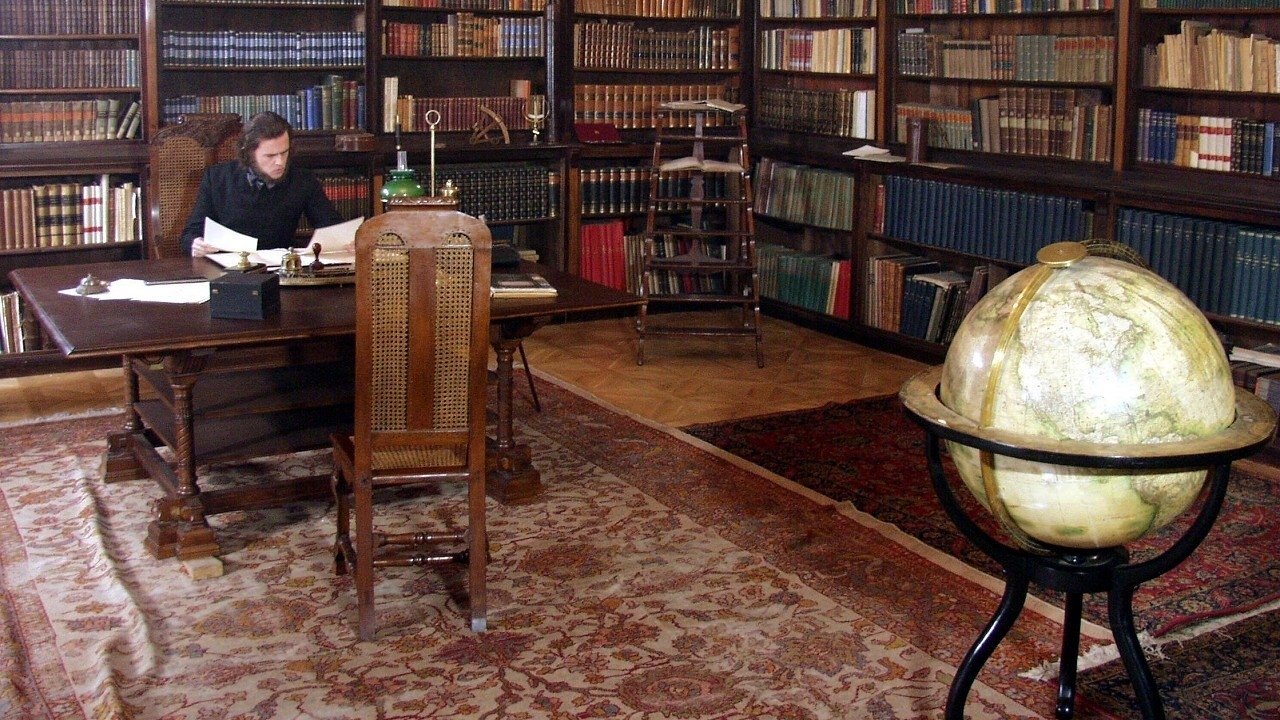
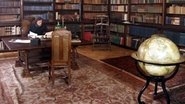 "
"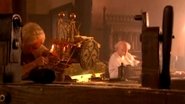 "
" "
"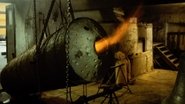 "
"